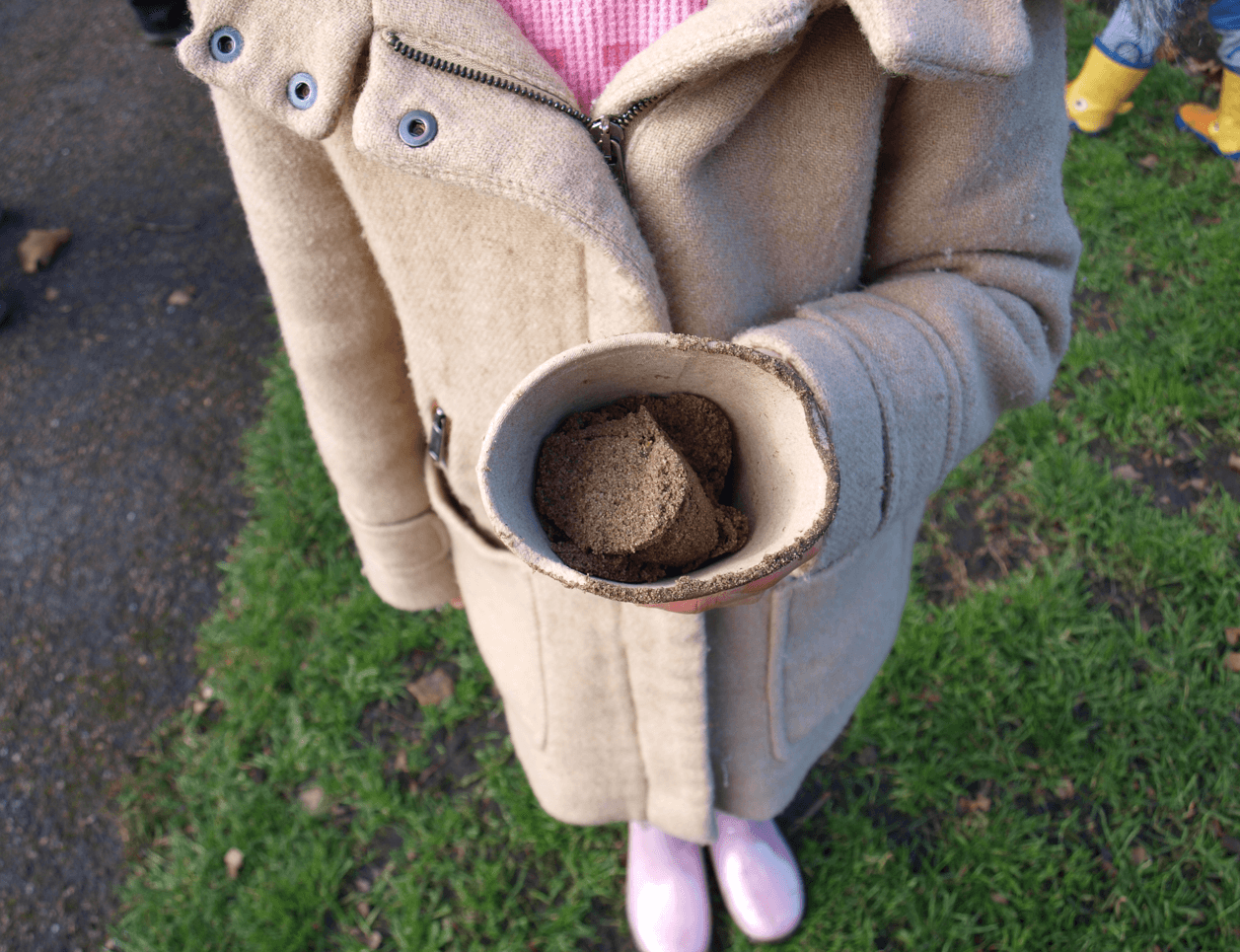Birkenhead Park’s pollinator beds
Let’s bee friends!
This year, you’ll see new pollinator beds growing in your lovely park.
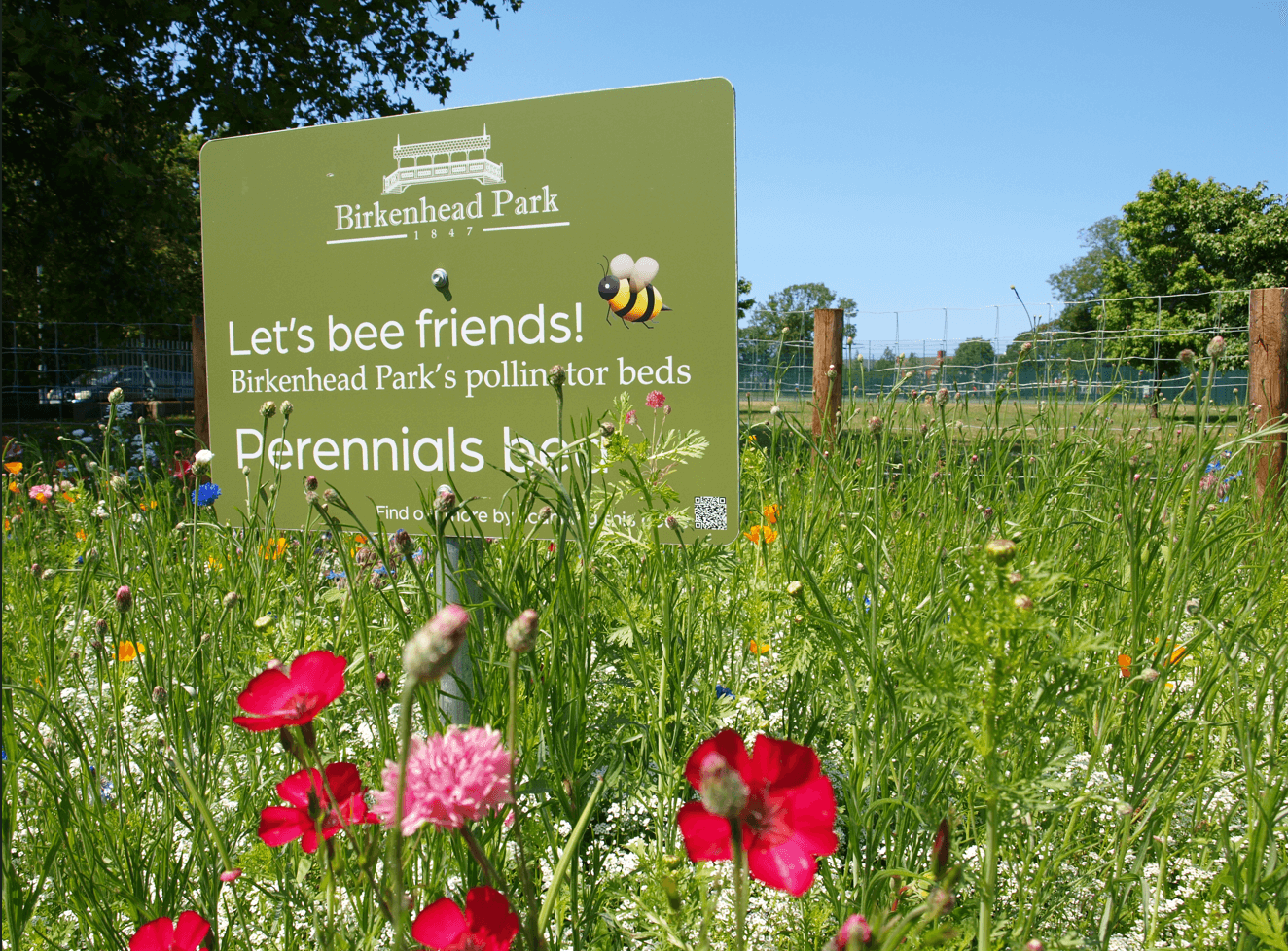
What’s the plan?
Mid-February, the park’s gardeners removed turf from the ground, thus creating two different areas ready to be sowed. They also marked an area of grass that they have stopped mowing to enable us to see what happens if we just let the existing grass grow – that was the Wild Bed.
As expected, towards the end of Summer, we could see that this bed did not produce any flowers. It shows that wild flowers will grow themselves only in certain conditions. Eventually, the Wild Bed was mown, but we have recorded the results.
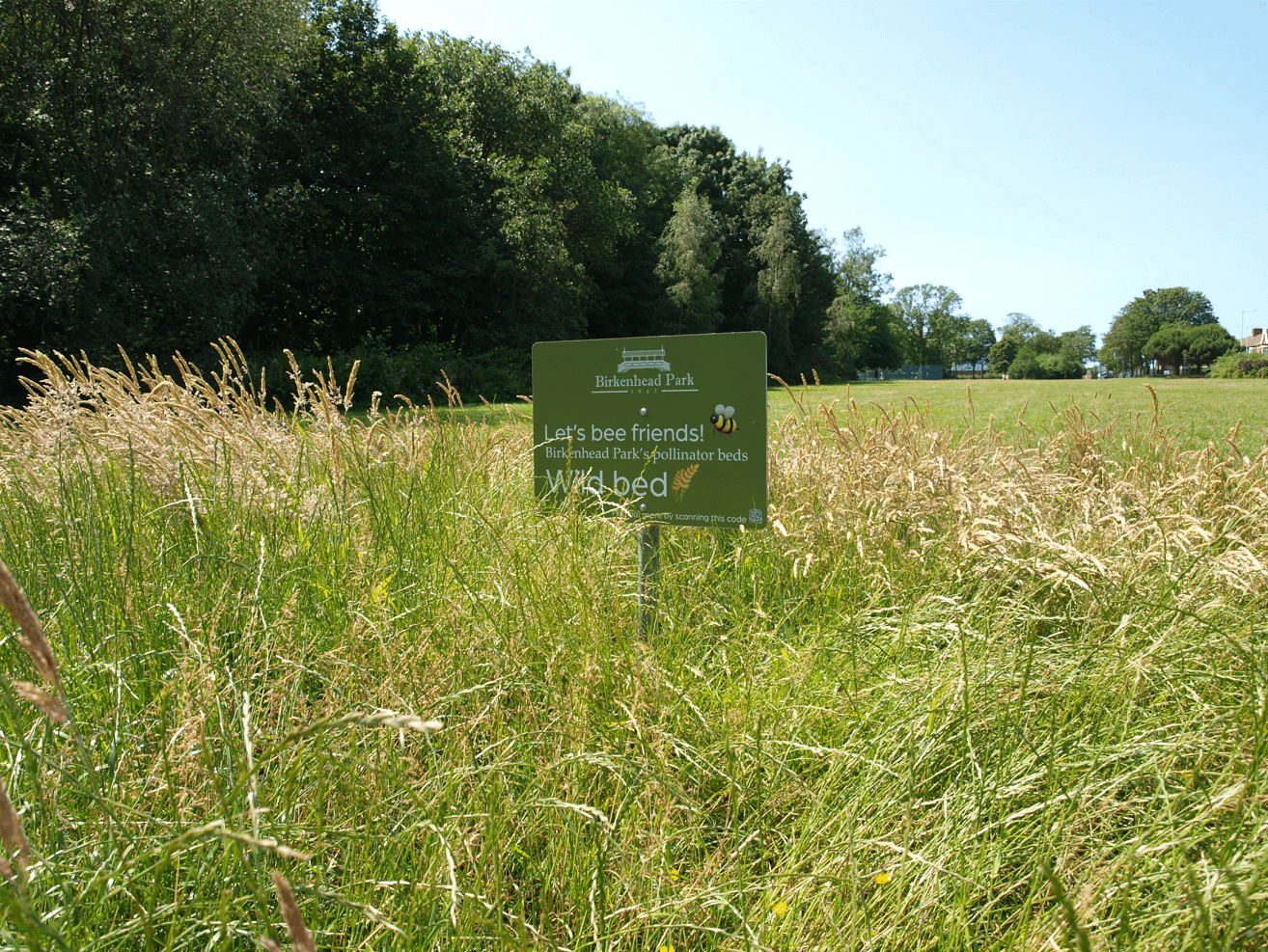
Meanwhile, our junior rangers successfully sowed different seeds in the two other beds in the late Winter.

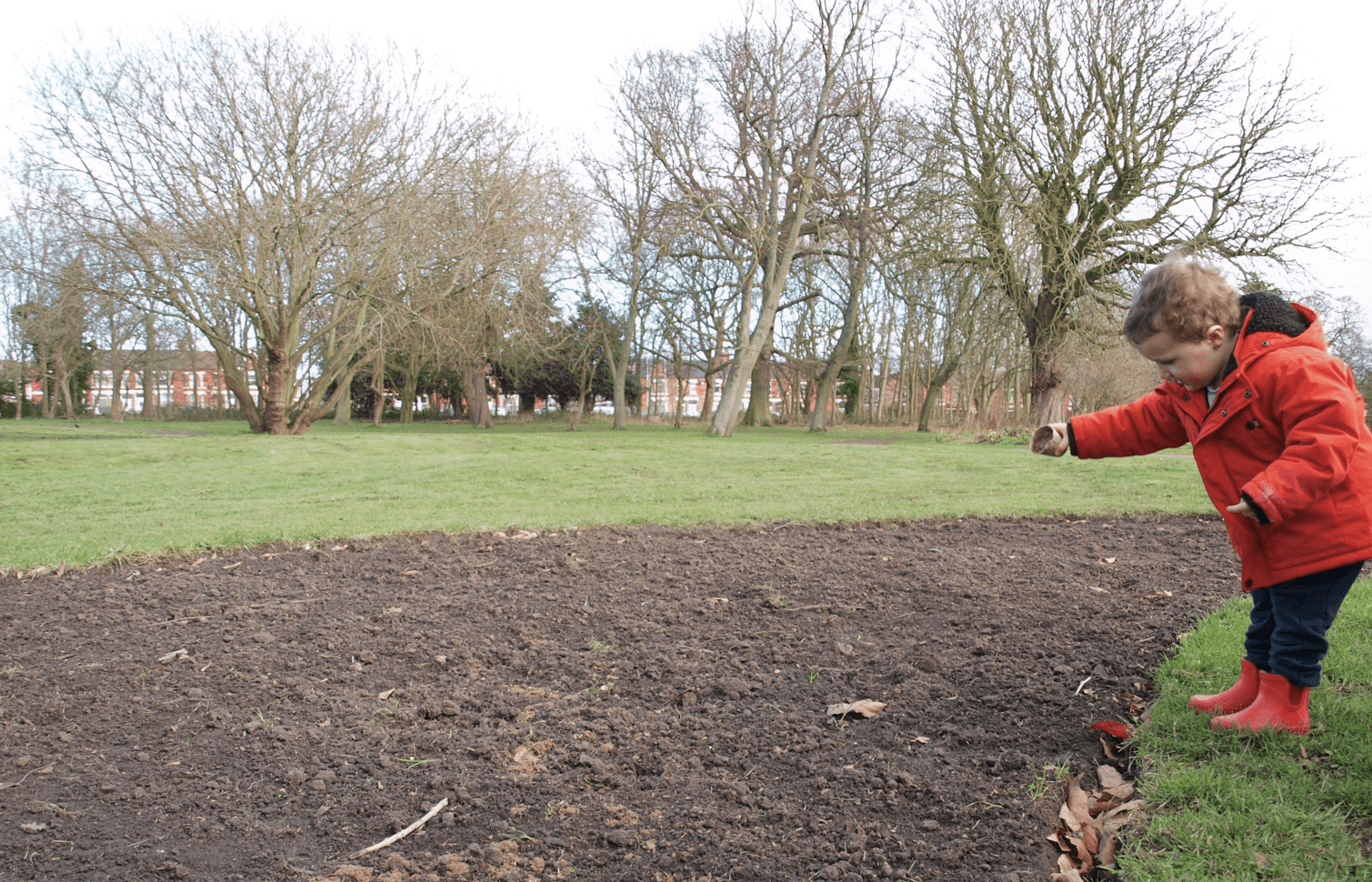
The Annuals Bed demonstrated what happens when an “annual” mix of flowers is sown. In this area, we found a number of species including Purple and White Alyssum, Californian Poppies, Cornflowers and Marigolds in a low-flowering display. We expect to see these flowering for one year only (as the “annual” name suggests), with seeds needing to be re-sown every year. Many of the species seen in this area are non-native.
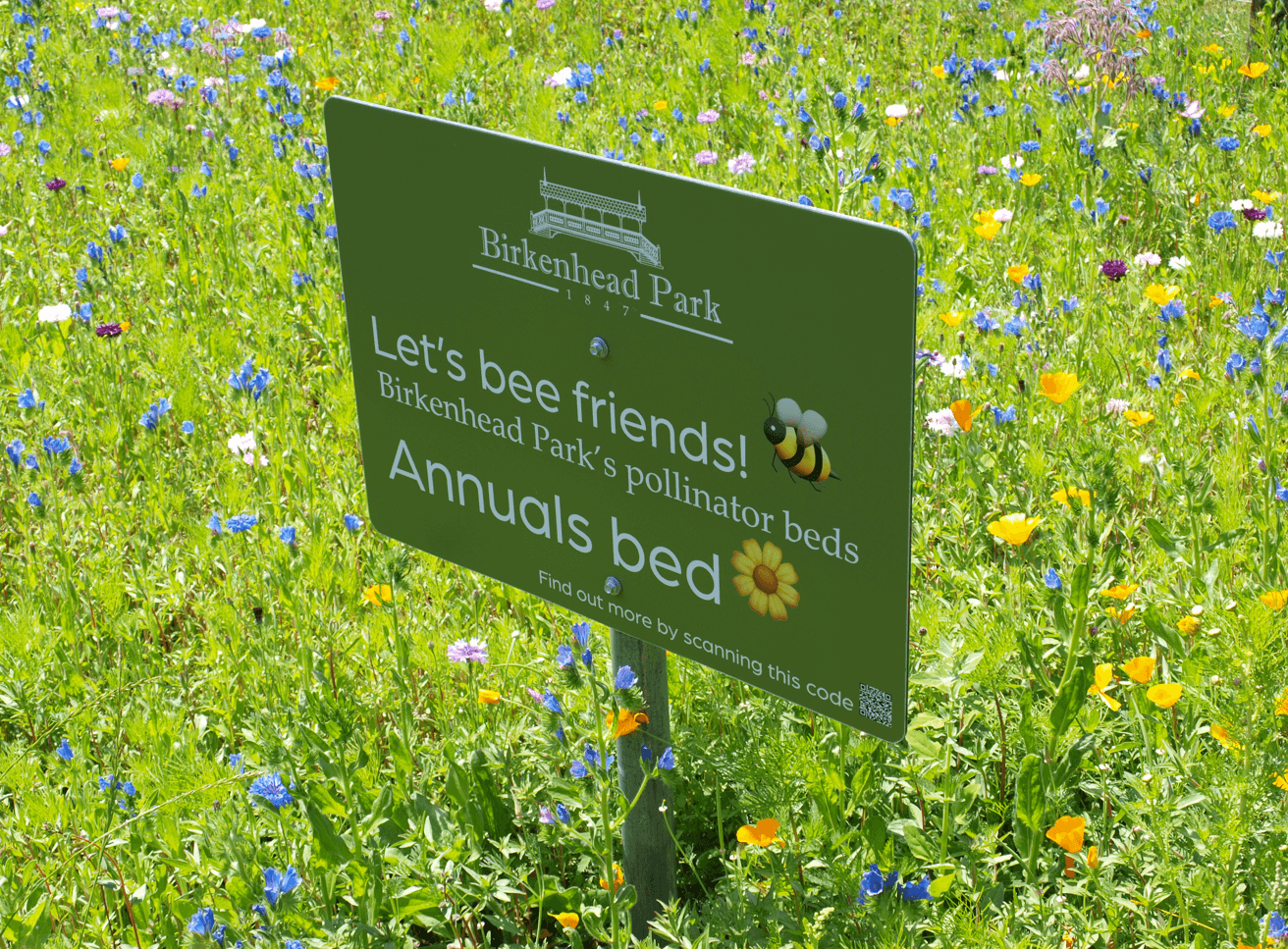
The Perennials Bed has a mixture of perennials (55%), annuals (20%) and biennials (25%), which will show some colour in the first year, but will take time over the following years to fully establish and flower. The species here include cornflower, musk mallow, field scabious, wild carrot, soapwort and forget-me-nots. Typically, this mix should flower at different times of the year presenting a variety of colours, all of which are very attractive to pollinators. Much of the species here are native flora.
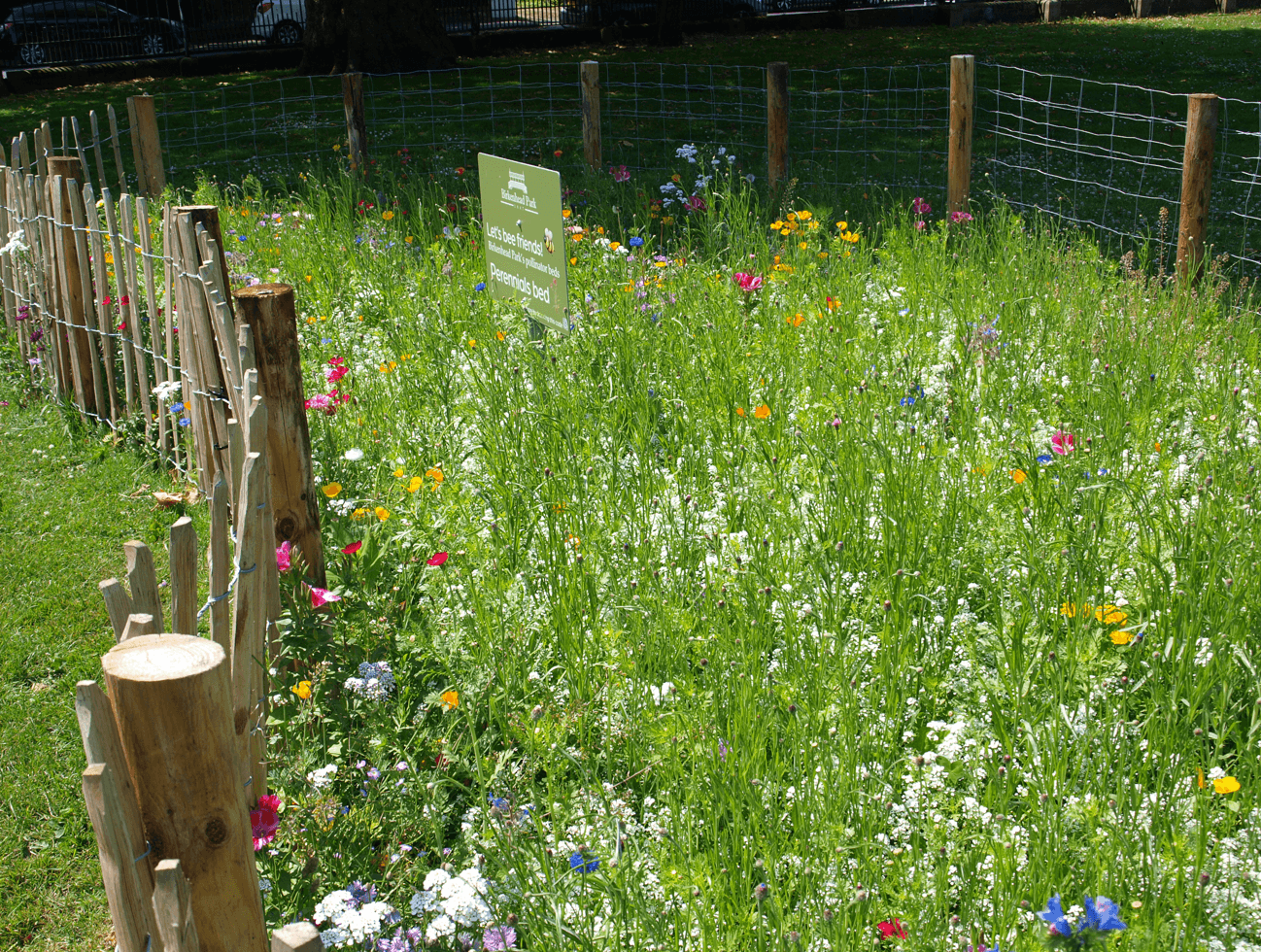
Let’s bee friends!
What are pollinator beds for? Why are they so important?

Garden plants can be sources of nectar and pollen. Pollinator bed habitats support insects and other wildlife.
In the UK, we need a wide range of plants to provide pollinators (bees and other insects that pollinate plants) with local food sources across the seasons – including times when crops aren’t producing flowers.
Many of our favourite fruits, vegetables and nuts rely on insect pollination. For example, in the UK strawberries, raspberries, cherries and apples need to be pollinated by insects to get a good crop.
Currently, the insects do this job for free! But if the UK doesn’t have a large enough insect population we may need to develop artificial pollination methods, which takes a lot of time and is expensive.
As many gardeners know, insects and other animals can also help in the fight against crop pests (animals and insects that damage crops and plants). This means that farmers may have to rely even more heavily on pesticides if these ‘good’ animals and insects can’t help.
Plants also contribute to scientific and medical research. Some UK native wildflowers contain compounds which can be used in drugs to treat diseases. For example, foxgloves (Digitalis purpurea) contain chemicals used to treat heart conditions. If we were to lose wildflower species, we could lose potential new medicines.
Just as importantly, perhaps, garden plants are beautiful and provide us with habitats that buzz with life.
There are also strong cultural bonds that exist with recognisable species such as poppies, which remind us of lives lost in world wars, or of dandelions which may remind us of childhood summers.
How do garden plants help the environment?
Garden plants provide lots of things that insects need: food in the form of leaves, nectar and pollen, also shelter and places to breed. In return, insects pollinate the garden plants, enabling them to develop seeds and spread to grow in other places.
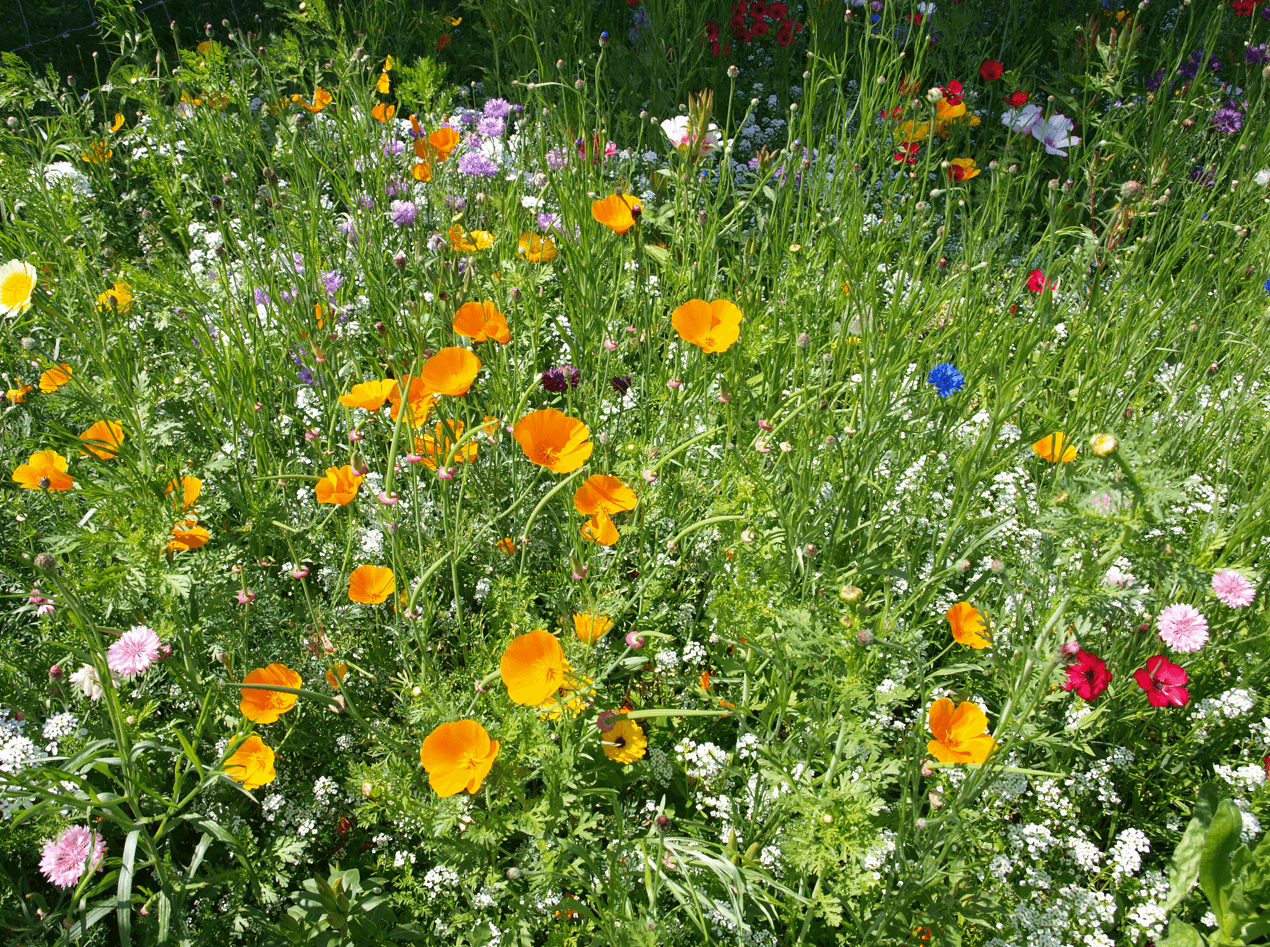
The insects themselves are eaten by birds, bats, amphibians, reptiles and small mammals, all of whom contribute to the cycle of life.
During winter when there is less food available, seeds can also be an important food source for birds and small mammals.
Plants can also be really helpful to keep soil healthy. When garden plants become established and spread their roots, they stabilise the surrounding soil.
This means that when there is a lot of rainfall, or irrigation in fields used to grow crops, soil particles and nutrients stored in the ground stick around and the soil stays healthy. This is especially important on hillsides, where sloping ground is easily washed away if there aren’t root systems to hold the soil in place.
Without plants that stabilise the soil, nutrients can get washed away into nearby water systems. This causes a problem called ‘eutrophication’, where algae spread and can make the water toxic to marine animals.

